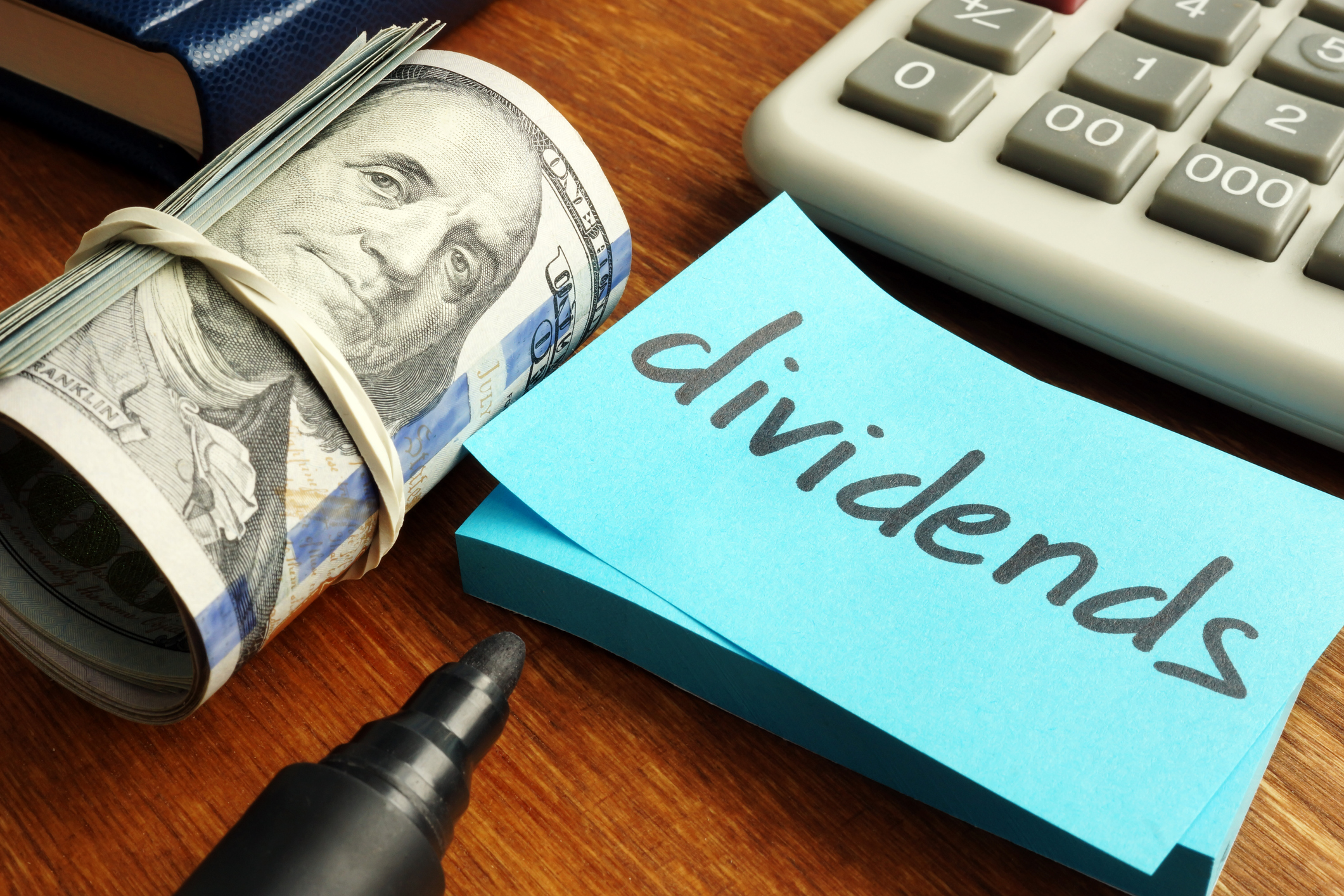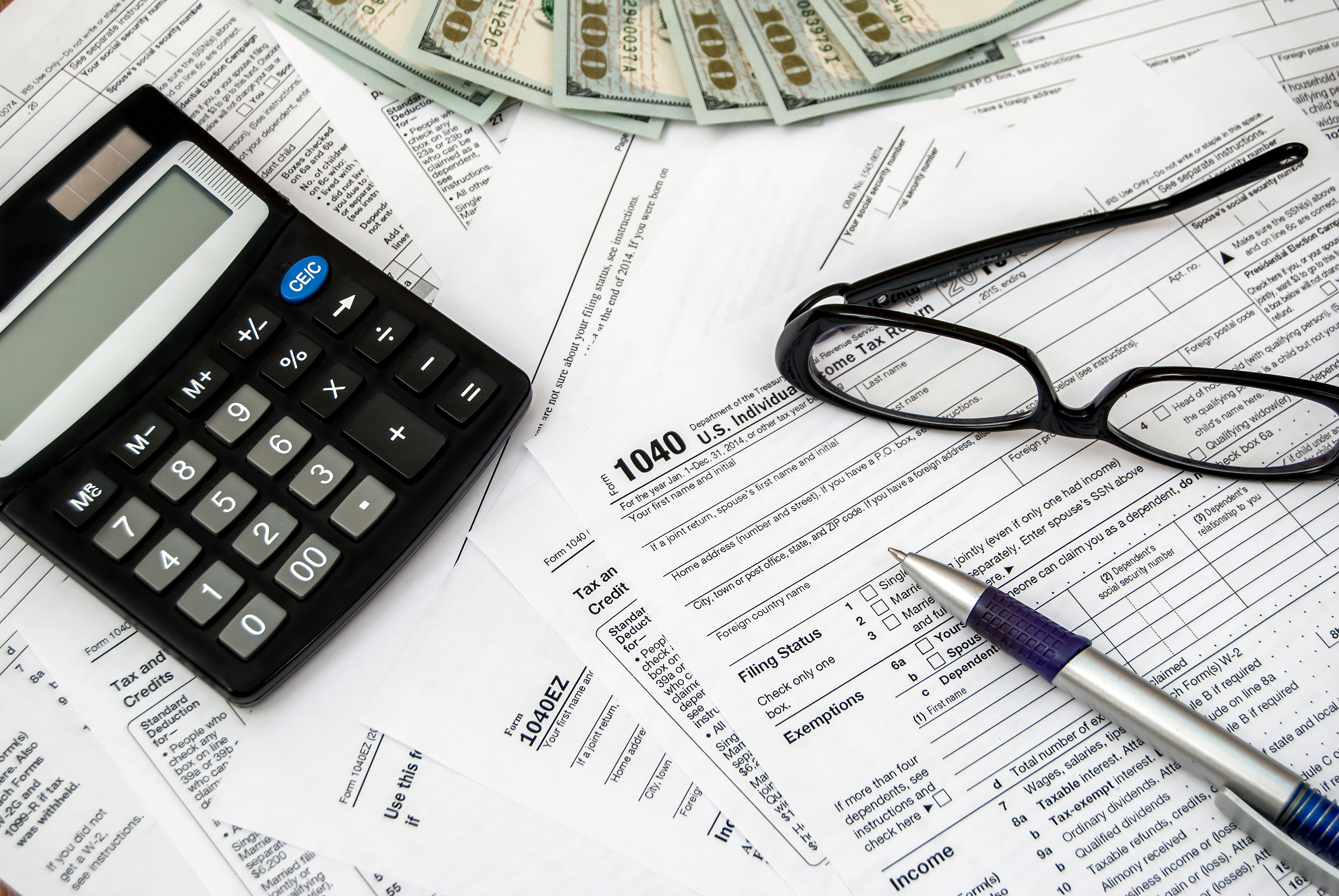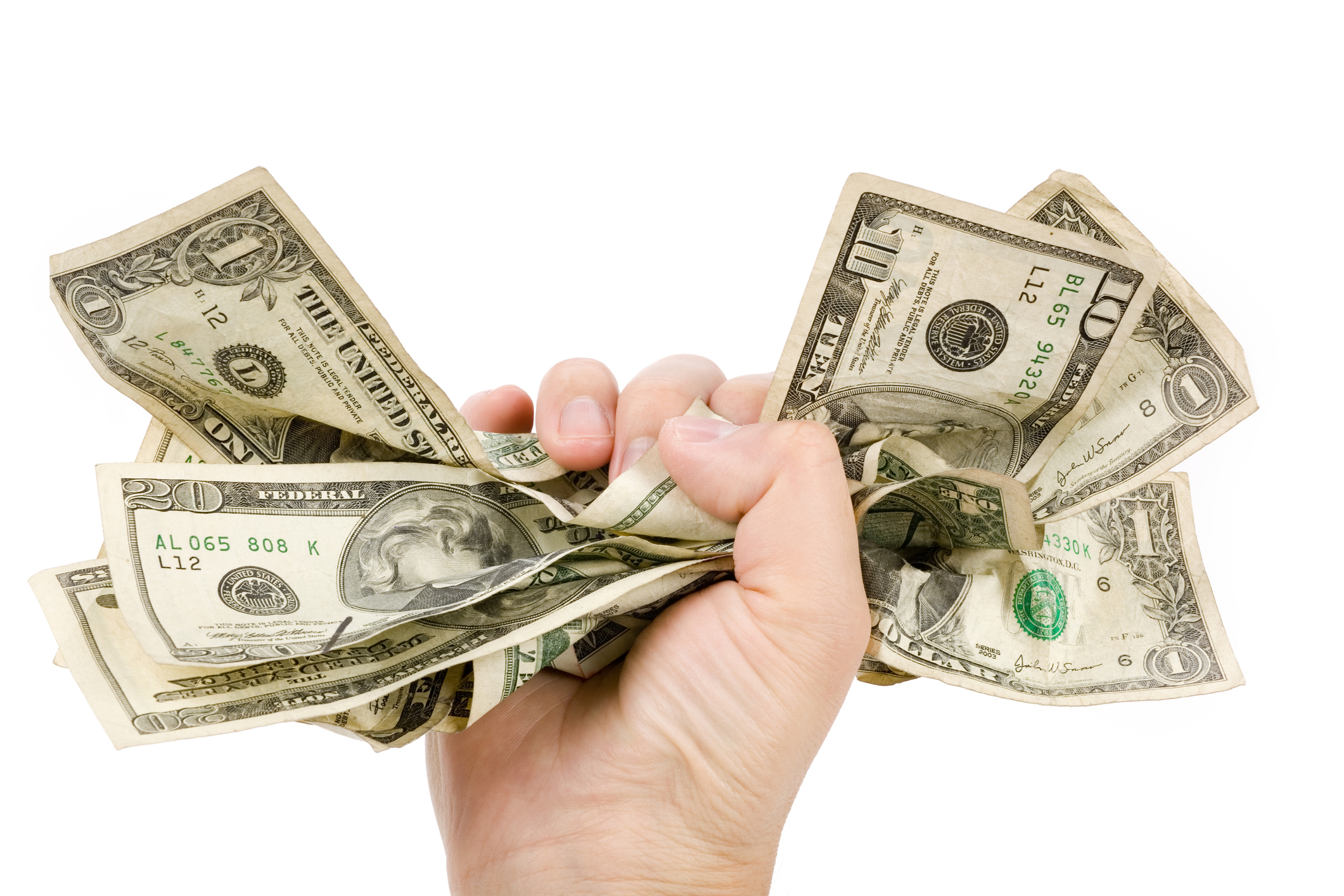Therefore, according to the dividend discount model, I should pay about $20 for the stock based on my required rate of return. If it's trading for $25, an investor using this model may consider it an overvalued stock, while a price of $18 might make it look like a buying opportunity.
Other dividend discount model formulas
The Gordon Growth Model is handy if you're buying a stock to retain for the long term. Two other models can be used to evaluate a dividend stock you may be considering selling in the near term, or if you're looking to determine its value over a shorter period of time.
These two models are called the one-period dividend discount model and the multiperiod dividend discount model. They get significantly more complicated since you will need to estimate future stock prices as well as calculate expected future dividends paid for individual periods.
The Gordon Growth Model assumes the company will persist indefinitely and values every future dividend payment into infinity. This may seem aggressive, but expected dividends paid years from now are so heavily discounted that they're immaterial.
The one-period model values dividend payments during the holding period and then a sale price at the end of the holding. Both the dividends and the sale price are discounted back to the present, but there is no assumption of infinite business life.
The multiperiod model allows the analyst to assume a dividend growth rate that varies over the model's term. If you think the dividend will grow at 10% per year for the next five years, then 5% for the five years after that, followed by a sale, you can use the multi-period model to evaluate the stock.
Finally, each of these dividend valuation models is a close cousin to the discounted cash flow model, which is more widely used on Wall Street. It uses cash flow to value companies that have low or nonexistent dividends. The dividend discount models are considered more conservative because they use dividends that are actually paid to shareholders instead of all cash flow that the company earns.





















